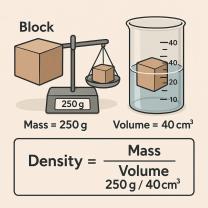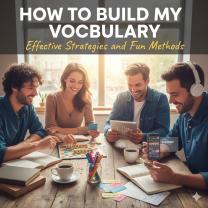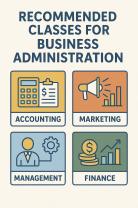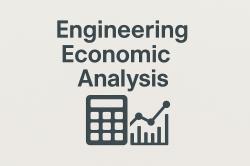What is a teaching strategy?
A teaching strategy refers to the overall plan or approach that a teacher employs to facilitate student learning and achieve specific educational objectives. It involves a set of deliberate actions, methods, and techniques designed to engage students, impart knowledge, and promote understanding. Teaching strategies can vary widely based on factors such as the subject matter, the age and learning styles of the students, and the specific learning goals.
Here are some key components and characteristics of teaching strategies:
Instructional Methods:
- Teaching strategies encompass various instructional methods used to convey information and guide the learning process. This can include lectures, discussions, group activities, hands-on experiments, demonstrations, and more.
Learning Activities:
- Activities that students participate in to acquire knowledge and skills fall under teaching strategies. These can be individual or group assignments, projects, case studies, debates, role-playing exercises, and other interactive tasks.
Assessment Techniques:
- The ways in which teachers assess student understanding and progress are part of teaching strategies. This includes methods such as quizzes, tests, projects, presentations, and formative assessments.
Differentiation:
- Teaching strategies often involve differentiation, which is the practice of tailoring instruction to meet the diverse needs of students. This may include adjusting the content, process, or product based on individual learning styles, abilities, and interests.
Classroom Management:
- Strategies for managing the classroom environment and promoting a positive learning atmosphere are integral to effective teaching. This includes establishing clear expectations, using positive reinforcement, and addressing behavior issues.
Technology Integration:
- The incorporation of technology tools and resources into the teaching and learning process is a modern teaching strategy. This may involve using interactive whiteboards, educational software, online resources, and multimedia presentations.
Questioning Techniques:
- The way teachers pose questions to students can be a strategy to stimulate critical thinking, encourage discussion, and assess understanding. Socratic questioning and open-ended inquiries are examples of questioning techniques.
Feedback and Reflection:
- Providing constructive feedback to students and encouraging reflection on their learning experiences is a strategy for promoting continuous improvement and metacognition.
Active Learning:
- Strategies that involve active participation from students, such as hands-on activities, group work, and discussions, are considered active learning strategies. These methods aim to engage students and deepen their understanding through participation.
Real-World Connections:
- Making connections between classroom content and real-world applications is a strategy that enhances the relevance and practicality of learning. It helps students see the broader significance of what they are studying.
Effective teaching strategies are flexible and adaptable, taking into account the diverse needs and preferences of students. Skilled educators often use a combination of strategies to create a dynamic and engaging learning environment that fosters student success and achievement of learning objectives.
How would you define a teaching strategy, and what does it involve?
A teaching strategy is a method or approach that a teacher uses to effectively deliver instruction and facilitate student learning. It involves a set of intentional actions, decisions, and techniques that the teacher employs to achieve specific learning outcomes.
Here are some key elements involved in a teaching strategy:
1. Planning and Preparation:
- Clearly defining the learning objectives and desired outcomes.
- Selecting appropriate content and materials that align with the learning objectives.
- Developing engaging and effective lesson plans that outline the activities and procedures.
- Anticipating potential challenges and preparing for differentiated instruction.
2. Instruction:
- Employing a variety of teaching methods to cater to diverse learning styles and needs.
- Delivering clear and concise explanations that are easily understood by students.
- Providing opportunities for active participation and student engagement through discussions, activities, and hands-on learning.
- Utilizing technology and other resources to enhance instruction and learning.
3. Assessment and Evaluation:
- Using a variety of assessment methods to monitor student progress and understanding.
- Providing feedback that is timely, specific, and actionable to help students improve.
- Reflecting on teaching practice to identify areas for improvement and adapt strategies as needed.
4. Differentiation:
- Recognizing and accommodating the diverse learning styles, needs, and abilities of all students.
- Providing appropriate support and challenge to ensure that all students are successful.
- Utilizing differentiated instruction strategies such as tiered assignments, small group instruction, and individual learning plans.
5. Classroom Management:
- Establishing clear expectations and rules for classroom behavior.
- Creating a positive and supportive learning environment that fosters collaboration and respect.
- Managing student behavior effectively to ensure a productive learning environment.
6. Reflection and Continuous Improvement:
- Regularly reflecting on teaching practice to identify strengths and weaknesses.
- Seeking feedback from students, colleagues, and administrators.
- Continuously learning and developing new skills and strategies to improve teaching effectiveness.
Ultimately, the effectiveness of a teaching strategy depends on various factors such as the specific content being taught, the age and learning styles of the students, the available resources, and the teacher's own skills and experiences. However, by using a well-defined and planned approach, teachers can create a dynamic and engaging learning environment that facilitates optimal student learning and development.












